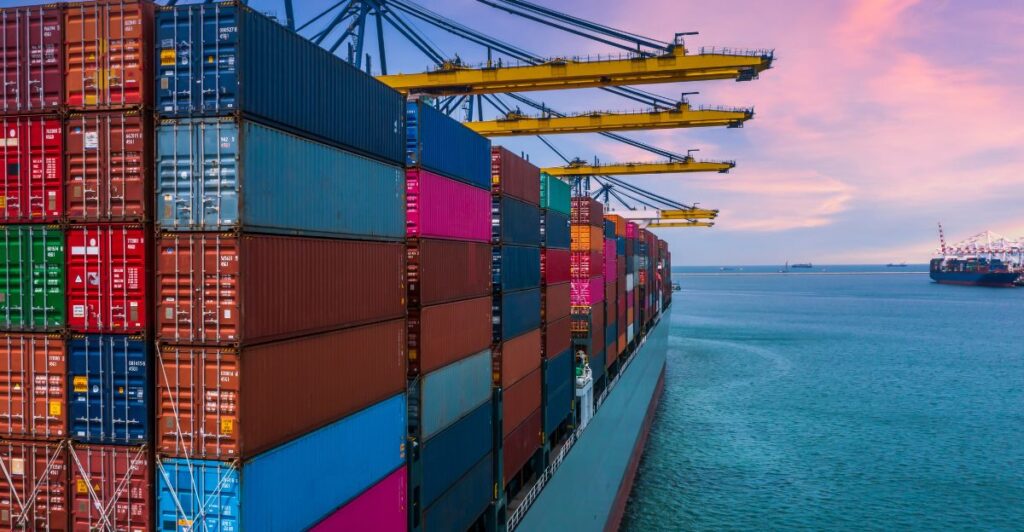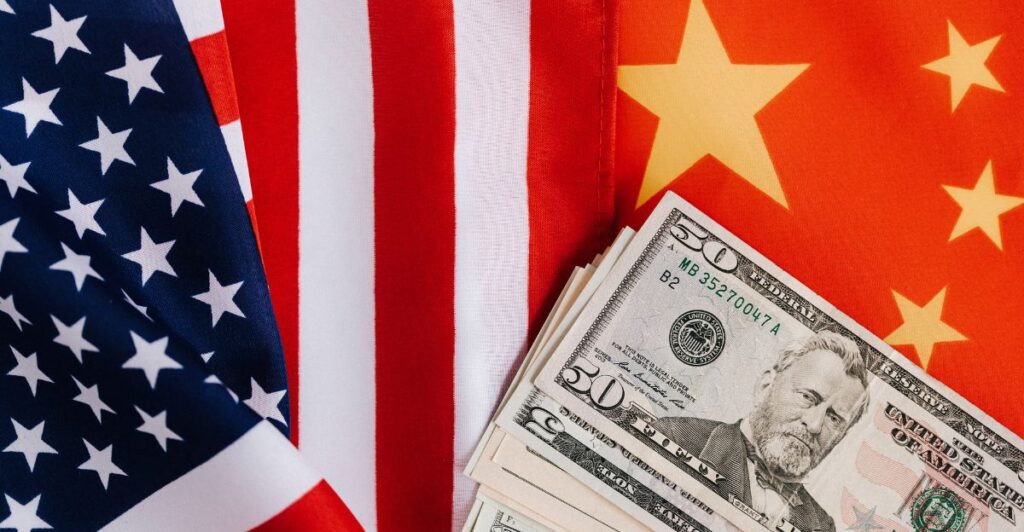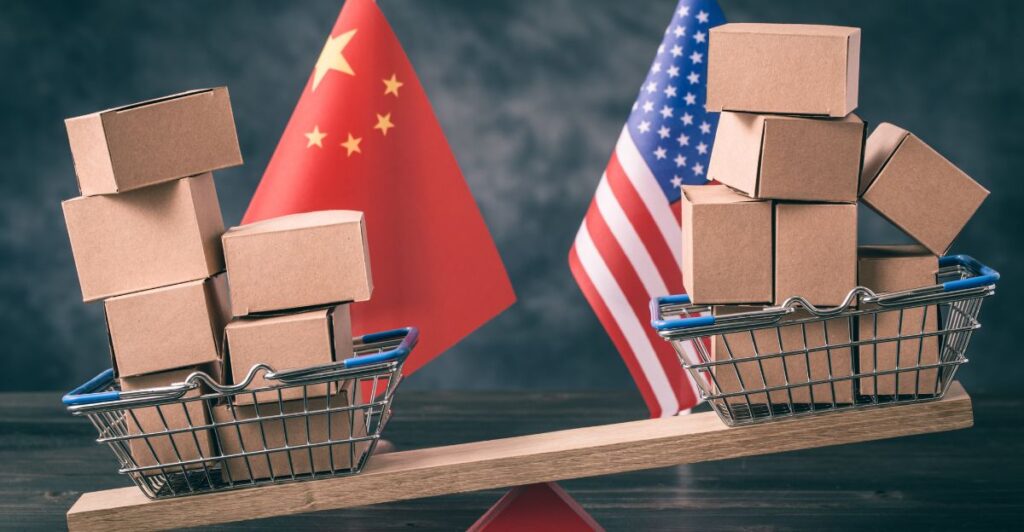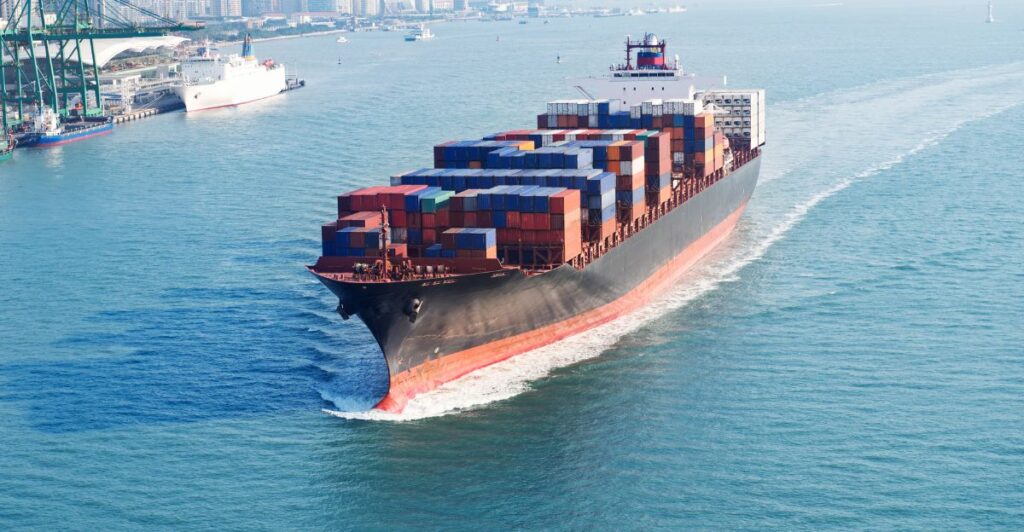
The ongoing US-China tariff war has created significant challenges for major American retailers, with Walmart at the forefront of navigating these turbulent trade waters. The latest bold action came last week when Walmart ordered its Chinese suppliers to restart shipments that had been temporarily suspended because of tariff-related uncertainty.
The move comes as the White House has signaled it may soon ease tariffs, potentially signaling a near end to the trade conflict. The decision has sparked optimism in the market and future US-China trade relations.
Walmart Resumes Shipments Despite Tariffs

Walmart has notified its Chinese suppliers to resume shipping goods temporarily suspended because of the tariff war. This directive was issued through Hong Kong’s Ming Pao newspaper from the Canton Fair, a major import/export event.
A number of exporters independently confirmed Walmart’s decision, indicating a coordinated effort to maintain product flow despite ongoing tariffs.
However, Walmart is said to absorb the cost of the tariffs rather than pass them on to suppliers to keep its shelves stocked and its customers happy.
Tariffs Still Paid by American Buyers

According to exporters, all the tariffs imposed on Chinese goods are still being paid by American buyers, including Walmart. This means that while Walmart is pushing for resumed shipments, the additional costs from tariffs remain a burden on the end consumers in the U.S.
One ceramics shipper noted that only seasonal products are currently being resumed, highlighting a cautious approach to inventory management amid uncertainty about tariff policies.
Market Reaction and Insider Speculation

The timing of Walmart’s announcement came after a meeting at the White House between the country’s largest retailers — Walmart, Target, and Home Depot.
Soon after, the stock market experienced a strong rally, especially in the S&P 500. This sequence has led to speculation that traders may have acted on inside information or a strong belief that the administration will substantially ease tariffs soon.
If such tariff relief is officially announced, the market could experience a “sell the fact” reaction, where investors profit after the expected news.
Walmart Struggles with Tariff Pressures

Walmart has long tried to leverage its size to compel Chinese suppliers to absorb tariff costs, requesting price cuts of up to 10% to offset the impact of US tariffs.
However, the Chinese government has resisted these demands, warning Walmart against squeezing suppliers. Chinese officials summoned Walmart representatives to discuss these issues, emphasizing that forcing suppliers to bear tariff costs disrupts fair competition and international trade norms.
This pushback has placed Walmart in a difficult position between maintaining low prices for American consumers and managing supplier relations in China.
Chinese Government’s Firm Stance

China’s Ministry of Commerce is understood to be closely monitoring Walmart’s negotiations with suppliers. Officials warned Walmart that requiring its suppliers to pay the tariffs could disrupt its supply chain and breach its commercial contracts.
Chinese officials have hinted that maintaining pressure on suppliers could have ramifications beyond diplomatic meetings, an indication of Beijing’s intention to shield its manufacturers from the trade war.
Economic Impact on US Consumers and Retailers

Due to the trade war, the US retail sector is facing higher prices and supply shortages. Shoppers are already cutting back on non-essential purchases, and growth in retail sales has slowed considerably.
Walmart’s decision to resume shipments while absorbing the full cost of the tariffs may help mitigate empty shelves, but it may also add to inflationary pressures.
The retail giant is at a crossroads: It could increase prices and risk alienating customers, or absorb the cost and shrink its profit margins.
Walmart’s Strategic Supply Chain Adjustments

Walmart has been trying to diversify its supply chain to reduce dependence on China in the face of tariff pressures. Regardless, China is a vital source of many non-essential items, like clothes, electronics, and toys.
Walmart negotiates with suppliers on a product-by-product basis, reflecting a nuanced approach to managing costs and inventory amid ongoing tariff uncertainties.
Potential End to the Tariff War?

Recent developments, like Walmart’s return to its normal shipping schedule in China and the meeting at the White House with big retailers, indicate that the tariff war may be nearing a resolution.
If tariffs are eased, Walmart and other retailers could benefit, allowing them to cut costs and have more stable supply chains. However, the situation remains fluid, and any official policy changes will require careful monitoring in trade and retail markets.
What’s Next: Risks and Opportunities

Walmart’s gamble to continue importing from China despite tariffs is a strategic bet on future relief from tariffs or consumer willingness to temporarily absorb higher prices.
Conversely, if tariffs are reduced, Walmart’s early resumption of shipments could position it advantageously in the market. This balancing act underscores the complex interplay between geopolitics, trade policy, and retail strategy in today’s global economy.
Discover more trending stories and Follow us to keep inspiration flowing to your feed!

Craving more home and lifestyle inspiration? Hit Follow to keep the creativity flowing, and let us know your thoughts in the comments below!
